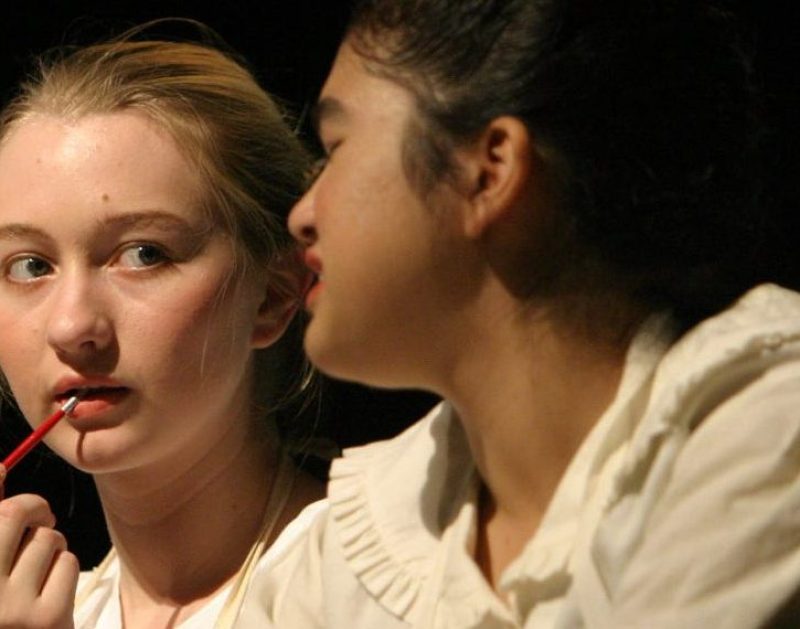
Kate Moore’s upcoming book, The Radium Girls: The Dark Story of America’s Shining Women, details the impact that radium dial painters had on American workplace safety laws.
Hired by radium-dial factories to paint phosphorescent numbers onto watches and airplane instruments, dozens of young women contracted radium poisoning, a risk that their employers never warned them about. Their radium exposure was so intense, many of the women literally began to glow, prompting the nickname “ghost girls.” As they recognized the link between radium and their many illnesses—among them, teeth that fell out, brittle bones, and hips that would lock in place—these women began to sue the factories. Their tragic stories and their fight for justice impacted both worker safety standards and the public’s then-nascent understanding of radiation.
In an interview with The Atlantic, Moore describes how she discovered the personal correspondence of dial painter Catherine Donohue, filed away in a back office at the LaSalle County Historical Museum.
“I pulled these things from a plastic wallet, and it’s Catherine’s real letters that had just been shut in the back room. I don’t think anybody’s really read them. I was recording myself reading the letters out loud, and I turned around and the woman working at the museum was transfixed. She said, ‘My god I had no idea this was here.’”
Read more about Moore’s research at The Atlantic, and read a free excerpt from the book at Barnes & Noble.
—RealClearLife
This article was featured in the InsideHook newsletter. Sign up now.
























